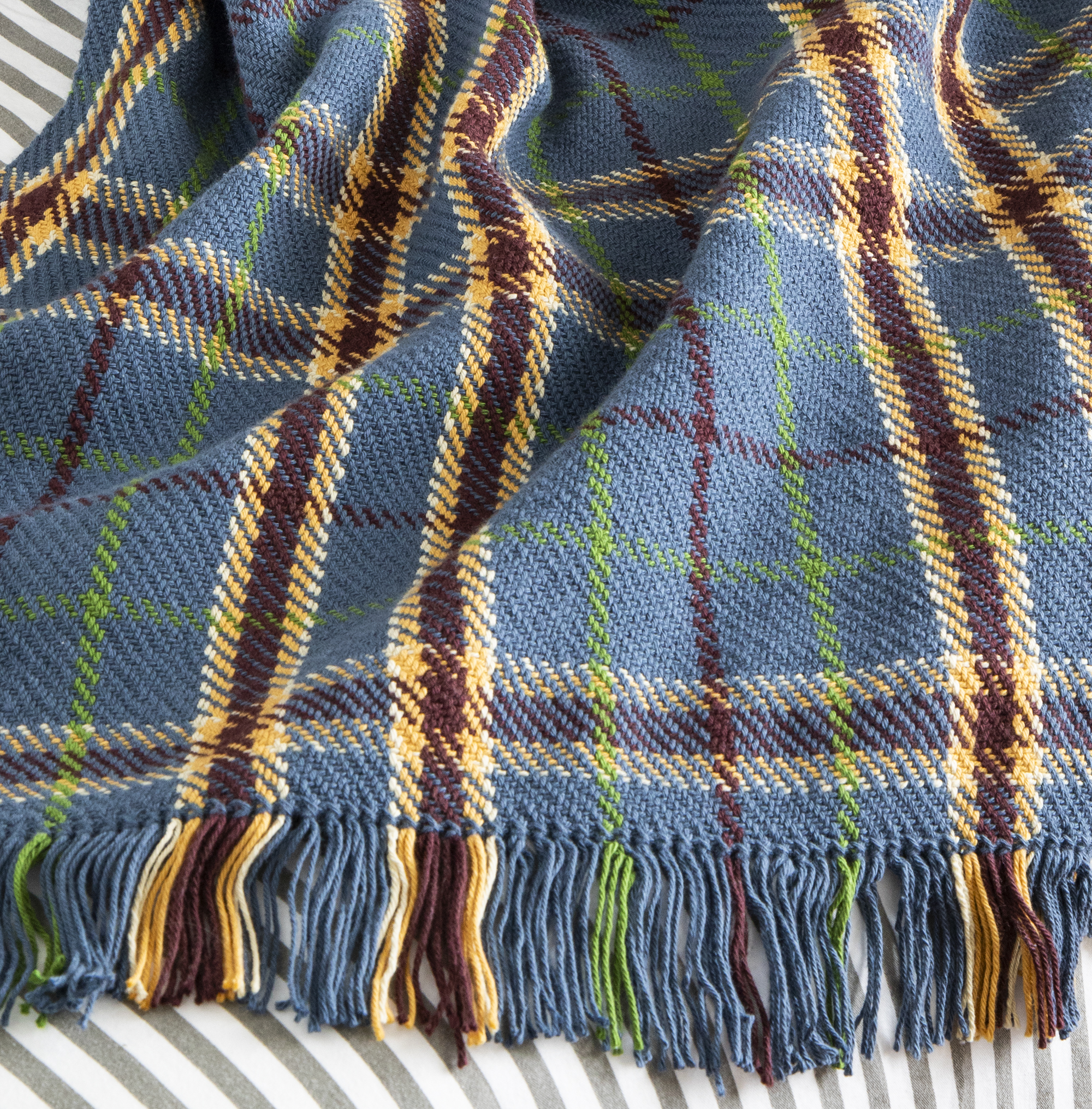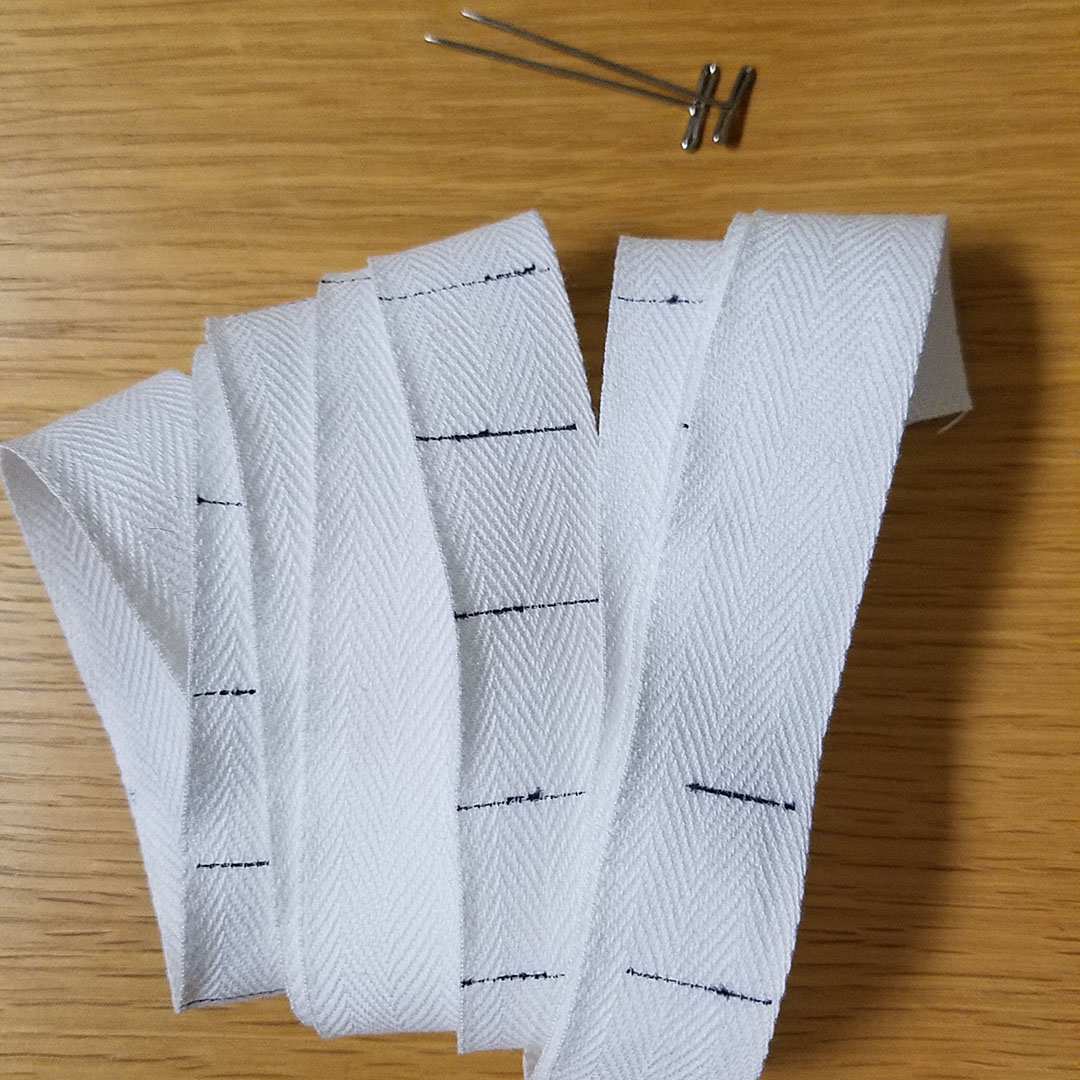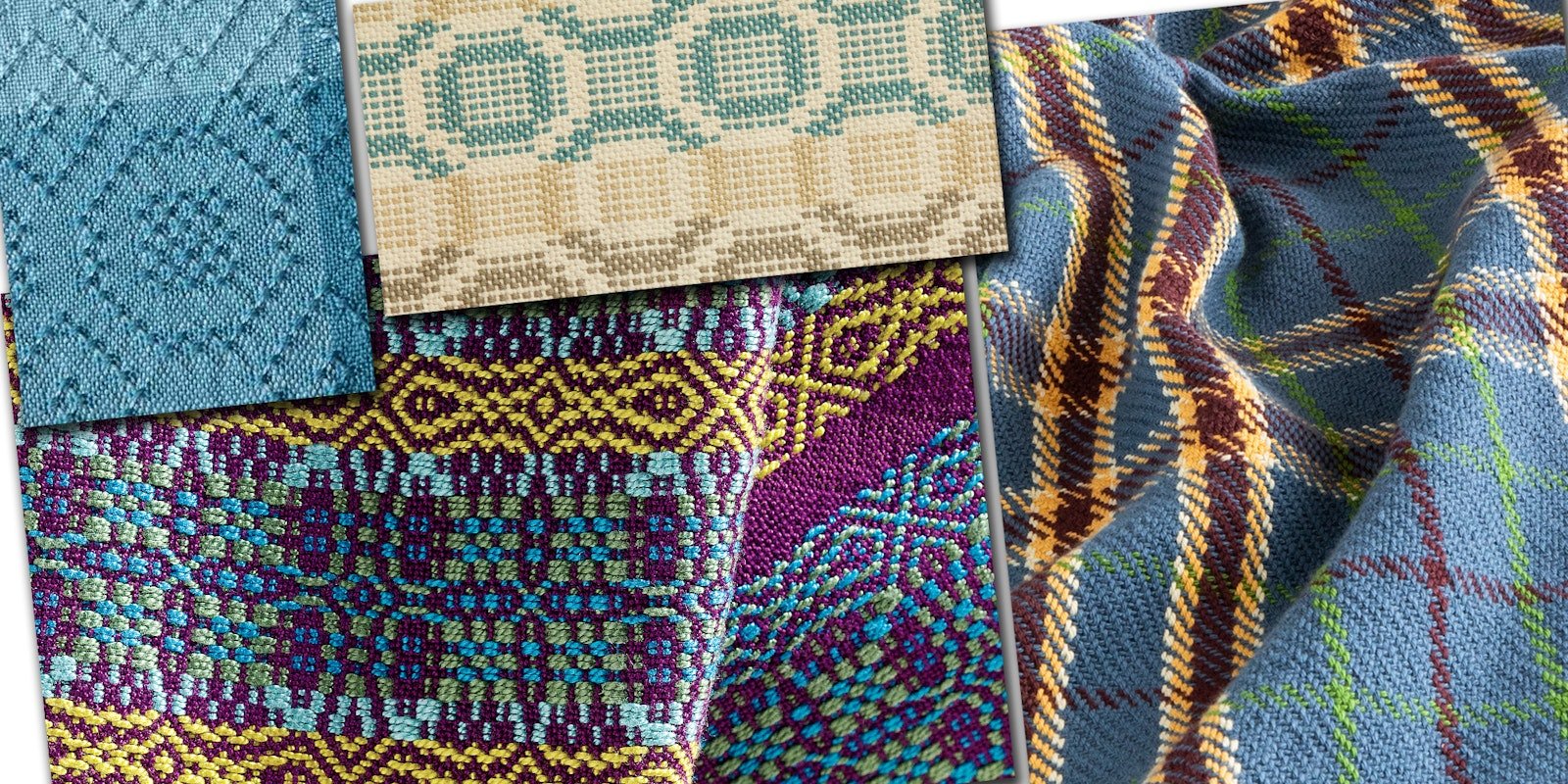If you’d like your snowballs to be round, your plaids to be made up of squares, or your twills to run at 45 degrees, you’ll want to work on your weaving to square skills.
What’s Weaving to Square?
Madelyn van der Hoogt explains:
“Weaving to square” is a concept that’s used when we’re weaving a design or motif that is intended to be the same size in width and height. It usually means making sure the number of picks per inch is equal to the number of warp ends per inch
The best way to make sure you are weaving to square is to measure the number of picks per inch during weaving (rather than simply eyeballing it). But the measurements you take on a warp under tension won’t match those on the piece after you release the tension (or after you wet-finish your work). The amount shorter is variable, so it is always important to sample: measure the picks per inch as you weave, and then remove the sample and wet-finish it to see if any further change takes place. Read the entire piece.
ADVERTISEMENT
Tips for Weaving to Square, Part 1

Kathy Broughton, who designed the Plaid About You Throw shown here, has some tips for doing just that when you’re weaving plaid patterning using twill.
A balanced weave has the same number of epi in the warp and ppi in the weft. When a twill is balanced, its diagonal lines run at 45-degree angles from the fell line.
Weaving twill with that perfect angle can be a challenge. Try putting on a longer warp and sampling using your project’s yarns to figure out the sett and beat that work best for you.
Many weavers find it easier to weave a balanced twill at an epi/ppi sett slightly lower than what is commonly suggested for a specific yarn.
The plaid patterning of this throw makes it easy to check whether your weave is balanced without counting picks. After you’ve learned how your project’s ppi will change on wet-finishing, you can keep an eye on the square shapes to check their width and height as you go.
A linen tester can help you count threads to determine your epi and ppi. Low-tech options to check your twill angle include a quilter’s ruler or even a piece of paper folded to a triangle.
Remember: There are no weaving police. If your twill is not woven at a perfect 45-degree angle, your finished blanket will still be beautiful and cozy!
Tips for Weaving to Square, Part 2

Elizabeth Hill offers several ideas that she picked up from Becky Ashenden at Vävstuga Weaving School:
Tracking Templates. For most of the projects I weave, I make a template out of ¾-inch twill tape (as shown here). I was introduced to this idea by Becky Ashenden at Vävstuga Weaving School, who uses grosgrain ribbons for her templates. I can write on the twill tape with a Sharpie marker to mark hems, etc. But more importantly, if I am weaving as drawn in—whether a stripe sequence, a block threading, or a motif I want to square—I arrange the twill tape horizontally, right up against the [reed], and mark the color or block changes as they appear in the warp. I then pin the tape to my cloth so that it is oriented vertically and use it as a template for squaring my beat.
For the first stripe or block, I will check my ppi against the tape to see how close (or far) I am from matching my ppi and epi and adjust accordingly. As I wind my cloth onto the cloth beam, I move the straight pin up the tape and repin it, taking care not to let the tape wind onto the cloth beam. I can then use the same tape for subsequent towels or napkins, to ensure that they are all the same length.
Triangles for Twills. Another idea I learned from Becky is the “triangle trick.” If you are working to keep your twill line at 45 degrees, you can cut a square of heavy paper diagonally to form a right triangle. You can then place this guide along a pick of weaving so the angle matches your twill direction and easily see if your twill line is too flat, too steep, or right on without having to count picks. Read the entire piece.
Project links
Left: Color-Block Bronson Lace Bed Runner, by Susan E. Horton. Photo by Matt Graves
Center top: Ring of Fancy Bath Mats, by Marty Benson. Photo by George Boe
Center bottom: Bertha’s Towels, by Pattie Graver. Photo by Joe Coca
Right: Plaid About You Throw, by Kathy Broughton. Photo by Matt Graves

